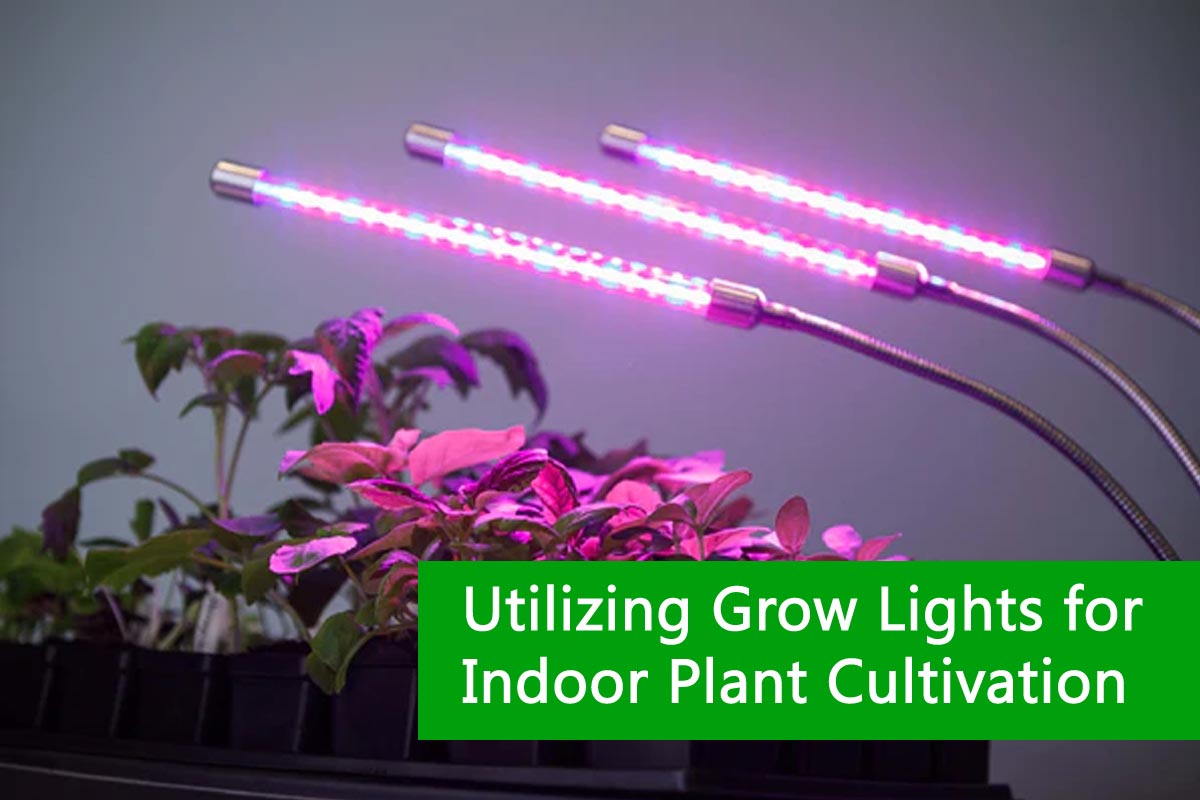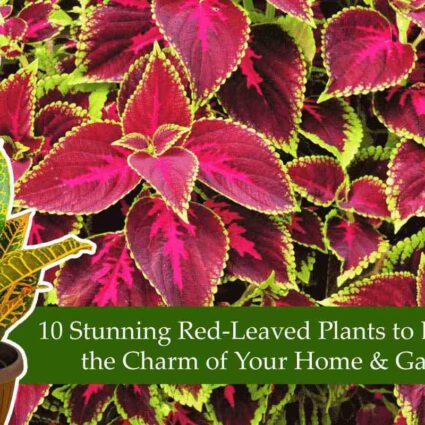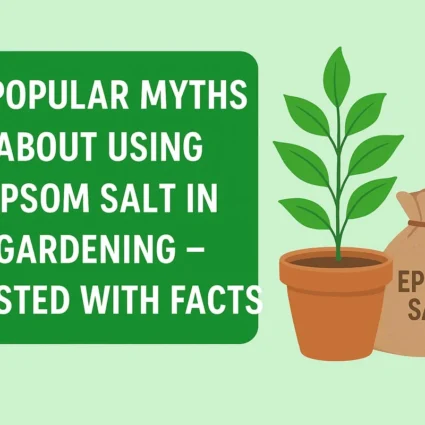
Utilizing Grow Lights for Indoor Plant Cultivation
While many houseplants thrive indoors with natural light from windows, some can benefit from additional illumination to promote healthier growth and more reliable blooms. When starting vegetable and annual flower seeds indoors, supplemental lighting is often necessary for proper development. While artificial grow lights can’t fully replicate the power of natural sunlight, fixtures equipped with simple fluorescent or LED bulbs come close. Here’s what you need to know about establishing effective light systems for your houseplants and seedlings.
Using grow lights for indoor plants can be a great way to provide the necessary light when natural sunlight is insufficient. Here’s a step-by-step guide on how to use grow lights for your indoor plants:
Choose the Right Grow Light:
Select the appropriate type of grow light for your plants. The most common types are fluorescent, LED (light-emitting diode), and high-intensity discharge (HID) lights. LED lights are energy-efficient and versatile, making them a popular choice for indoor gardening.
Also Read This :How to Prune Lavender: A Step-by-Step Guide
Determine the Light Requirements:
Different plants have different light requirements. Some may need high light levels, while others can thrive in low or medium light conditions. Research your specific plant species to understand their light needs.
Position the Grow Lights:
Place the grow lights above your plants at the proper distance. The distance between the light source and your plants can vary depending on the type of light. As a general guideline, LED grow lights can be placed 12-18 inches above the plants. You may need to adjust the height based on the light intensity and the plant’s response.
Also Read This :Seasonal Planting: What to Plant in October for Success
Set the Light Schedule:
Establish a consistent light schedule to mimic natural daylight. Most plants benefit from about 12-16 hours of light per day. A timer can help automate the process and ensure your plants receive the appropriate light duration.
Adjust Light Intensity:
Some grow lights come with adjustable settings for light intensity and colour spectrum. You can fine-tune these settings to match your plants’ growth stages. For example, blue fair benefits vegetative growth, while red light promotes flowering and fruiting.
Monitor Temperature and Humidity:
Grow lights can generate heat, which may affect the temperature and humidity in your indoor garden. Ensure adequate air circulation and consider using fans or ventilation to manage temperature and humidity.
Also Read This :How to Start Your Perennial Vegetable Garden
Water and Nutrient Management:
Increased light intensity often requires adjustments to watering and fertilization. Monitor your plants’ moisture levels and nutrient needs closely, as they may dry out faster or require more nutrients under grow lights.
Rotate Plants:
To ensure even growth and light exposure, regularly rotate your plants. This prevents one side of the plant from becoming elongated or lopsided due to uneven light distribution.
Check for Signs of Stress or Burn:
Pay attention to your plant’s health. Adjust the light intensity, duration, or height if you notice signs of stress, such as leaf burn or wilting. Experiment to find the right balance for your specific plants.
Also Read This :Ants in Your Planters? Try These Quick and Effective Solutions!
Maintain and Clean the Lights:
Keep your grow lights clean to prevent dust and debris from reducing efficiency. Follow the manufacturer’s instructions for maintenance and replace bulbs or LED elements when they end their lifespan.
Monitor Growth and Adjust as Needed:
Continuously assess your plants’ growth and adapt your lighting setup as necessary. As your plants mature, their light requirements may change.
By following these steps, you can effectively use grow lights for indoor plants and create a healthy and thriving indoor garden, regardless of the natural light conditions in your home.
Also Read This :How to Identify and Control Pests on Cacti
Use Grow Lights for Seedlings
- Natural light is often inadequate for growing seedlings indoors, and they tend to become leggy as they stretch for more light.
- Use standard shop lights with fluorescent tubes or energy-efficient LED bulbs to prevent leggy growth. Look for full-spectrum bulbs to provide the necessary blue and red light waves for optimal growth.
- Illuminate seedlings for 12-14 hours a day. Extending the light duration to 16-18 hours daily can encourage flowering plants to bloom sooner.
- Position the grow lights close to the seedlings, starting about 6 inches above them, and adjust the height as the plants grow to maintain a 6-inch source-to-plant distance.
For Houseplants and Herbs
- Artificial lighting can encourage houseplants to bloom and boost herb harvests during winter.
- Red light waves are essential for flowering and fruit production. Choose light sources with rich red wave light, such as warm white light, with a Kelvin rating of 2,700K to 3,200 K.
- Indoor plants and edibles thrive when positioned within approximately 12 inches of the light source.
Also Read This :Engaging and Fun Gardening Activities to Inspire Creativity in Kids
General Tips
- Use a timer to maintain consistent light schedules. Investing in energy-efficient LED bulbs for longer-lasting and more cost-effective lighting is best.
- It’s essential to keep the lamps very close to the plants when using artificial lighting, as light intensity decreases as you move farther from the source. Maintain a close 6-inch distance for seedlings and a 12-inch distance for indoor plants and edibles.
By following these guidelines and paying attention to the specific light requirements of your plants, you can successfully use grow lights to nurture healthy seedlings and ensure year-round growth for your houseplants and herbs.
Also Read This :Utilizing Coffee Grounds to Boost Plant Growth




